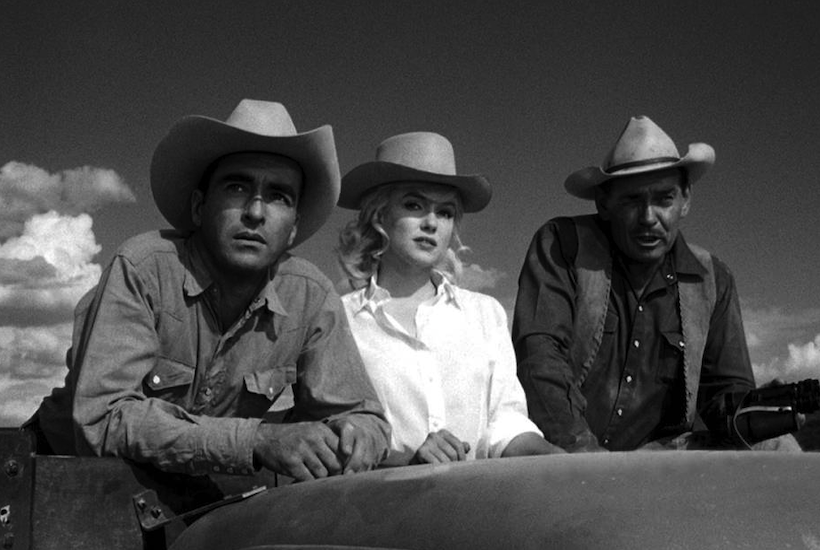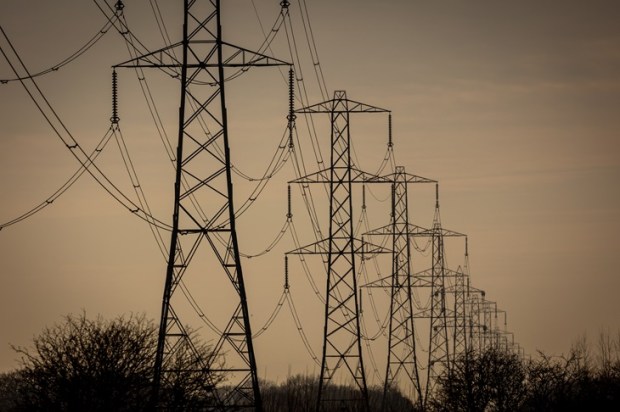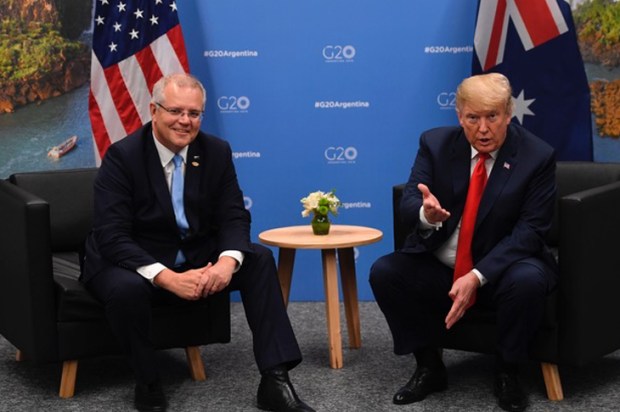One of the most popular — and best-named books — ever written about Hollywood was Harold Robbins’s novel The Dream Merchants. Published in 1949, the novel dramatizes the struggle of a pioneer to create a film studio in early Hollywood. The title exactly captures the meaning and importance of Hollywood. Films dramatise or concretise, arguably better than any other art form, the potential of what men, women and life can be.
Already a subscriber? Log in
Subscribe for just $2 a week
Try a month of The Spectator Australia absolutely free and without commitment. Not only that but – if you choose to continue – you’ll pay just $2 a week for your first year.
- Unlimited access to spectator.com.au and app
- The weekly edition on the Spectator Australia app
- Spectator podcasts and newsletters
- Full access to spectator.co.uk
Or


























Comments
Don't miss out
Join the conversation with other Spectator Australia readers. Subscribe to leave a comment.
SUBSCRIBEAlready a subscriber? Log in